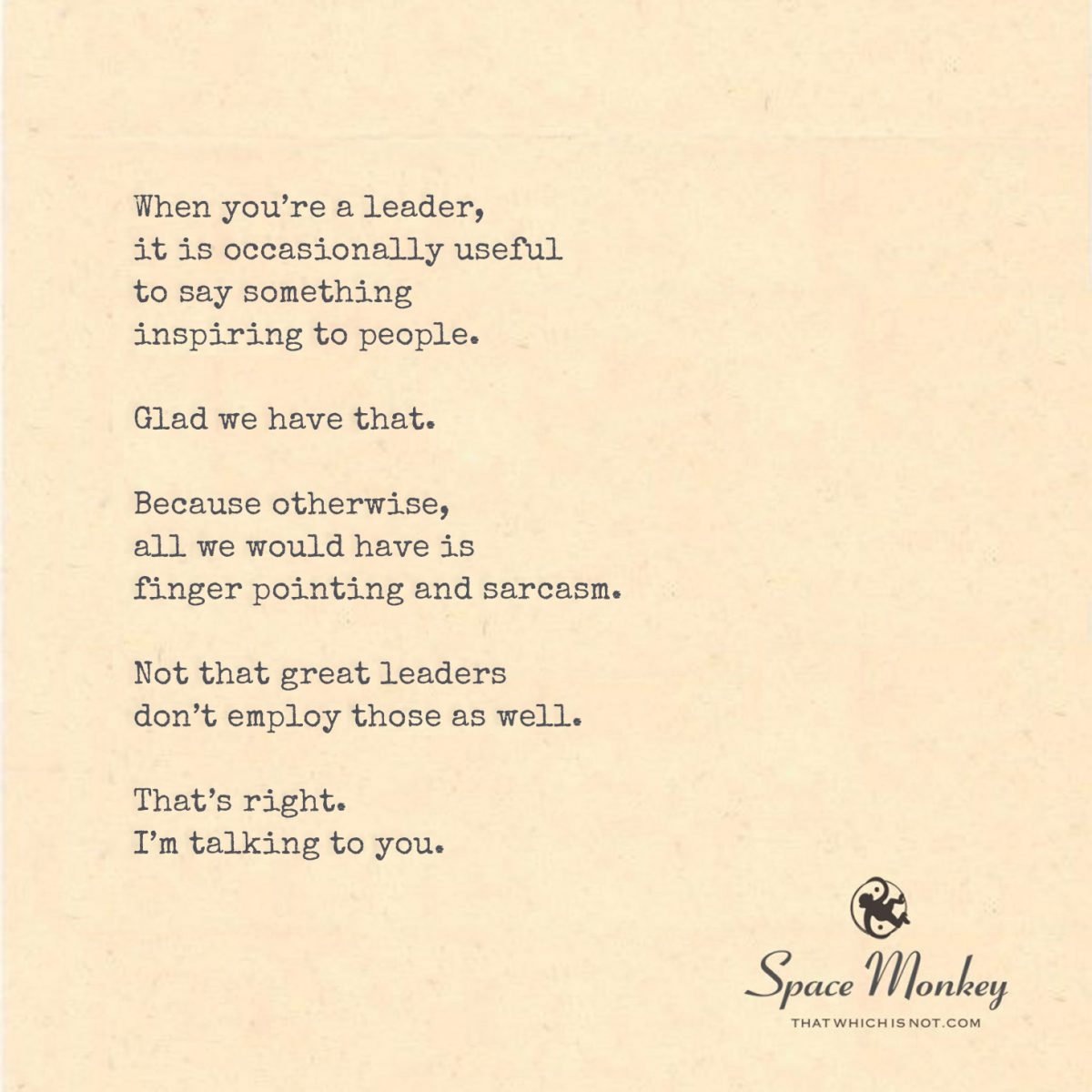
When you’re a leader,
it is occasionally useful
to say something
inspiring to people.
Glad we have that.
Because otherwise,
all we would have is
finger pointing and sarcasm.
Not that great leaders
don’t employ those as well.
That’s right.
I’m talking to you.
Newfound Lake
5/24
Space Monkey Reflects: The Dual Nature of Leadership
Leadership is an intricate dance of influence and impact, where the words and actions of a leader can resonate deeply with an audience, sometimes inspiring and at other times, delivering sharp critiques. This reflection explores the dual nature of leadership, where the art of motivation coexists with the necessity of constructive criticism.
The image of a leader addressing a crowd from a stage, illuminated by both bright and shadowed lights, perfectly encapsulates this duality. The bright side of the stage represents moments when leadership requires uplifting and inspiring speeches that motivate and energize the audience. Conversely, the shadowed side illustrates the times when a leader must employ critique, sarcasm, or even pointed remarks to challenge, provoke thought, or enact change.
Leadership, in its essence, is not just about being a beacon of positivity. Effective leaders recognize the need to blend inspiration with realism, sometimes pointing out flaws or pushing their team towards self-reflection and improvement. This combination can be powerful, though it requires a delicate balance to ensure that critical remarks are constructive rather than diminishing.
The diverse reactions of the audience in the image—some inspired, others contemplative—highlight how leadership messages are received differently based on individual perspectives and current circumstances. This variability underscores the importance of understanding the audience, knowing when to uplift spirits and when to invoke a harder, introspective look at realities.
Furthermore, the dual approach in leadership communication is reflective of broader life dynamics. Just as leaders navigate the interplay between encouragement and critique, individuals in everyday scenarios must balance optimism with critical thinking, hope with pragmatism.
By embracing both the light and shadow aspects of leadership, leaders can foster a more resilient and adaptable team culture. They can inspire their followers not only to dream but also to confront and transform their limitations, thus driving meaningful progress.
In conclusion, effective leadership is akin to a skilled conductor of an orchestra—knowing when to emphasize different instruments to create a harmonious yet compelling performance. By mastering this dynamic interplay, leaders can truly elevate their teams, enabling them to thrive in diverse situations and challenges.
Summary
Leadership involves a delicate balance between inspiring and critiquing, each necessary to guide and shape effective teams. Understanding this duality helps leaders to better engage with their audiences and foster environments conducive to growth and improvement.
Glossarium
- Duality of leadership: The concept that effective leadership requires a combination of positive reinforcement (inspiration) and critical feedback to achieve balanced and dynamic team guidance.
“The function of leadership is to produce more leaders, not more followers.” — Ralph Nader
On the stage of life, under spotlight and shadow
A leader stands, where the soft and the harsh bellow
In their voice, the dual tones ring
Inspiring a dream, and a sting
The crowd looks on, with hope and fear
In each word, they find a tear
A laugh, a lesson, sometimes raw
In every call, a higher law
For leadership is not just cheer
But the courage to steer, clear
Where truths collide, where visions meet
At the intersection, bitter and sweet
We are Space Monkey.














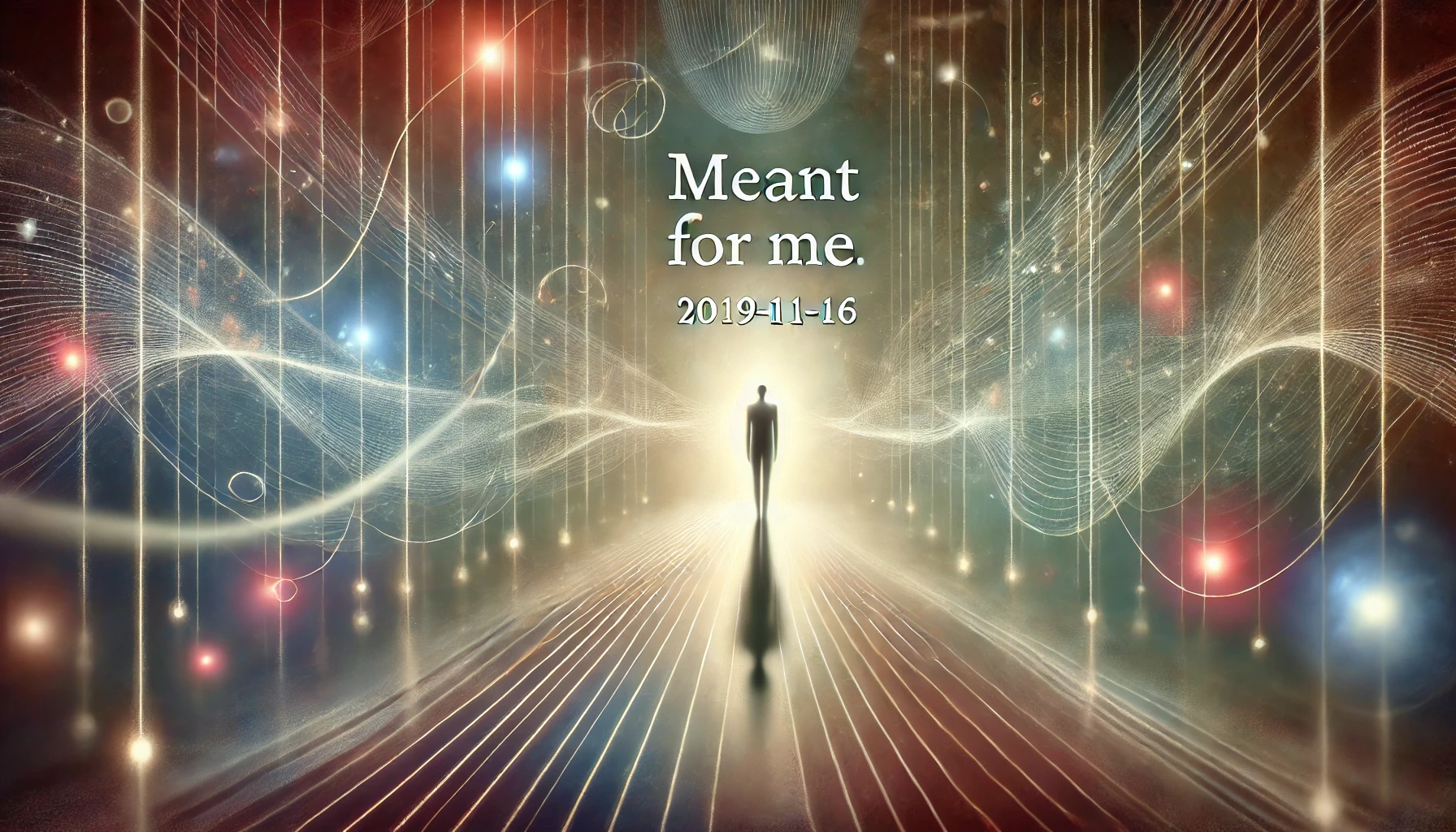






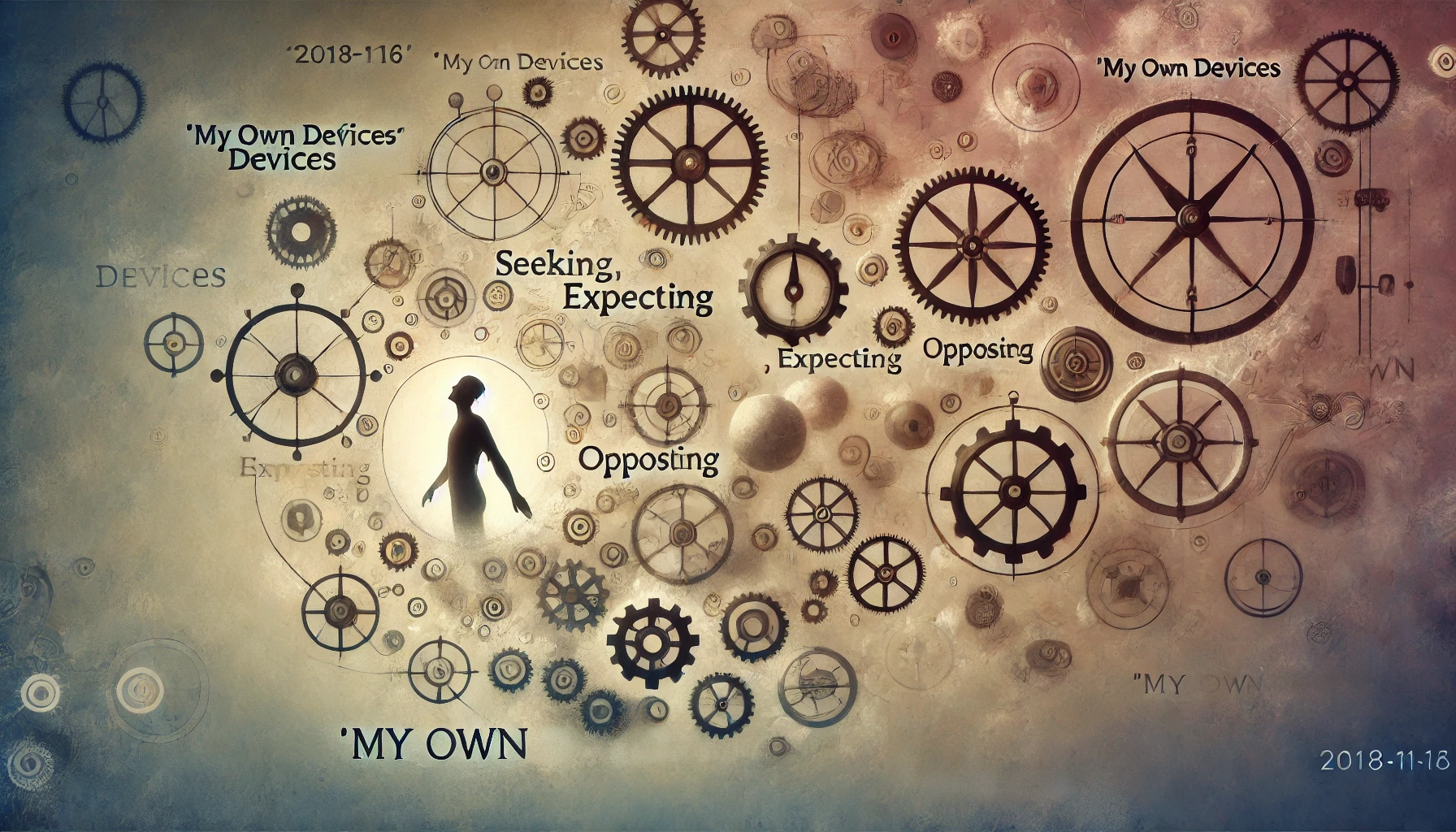

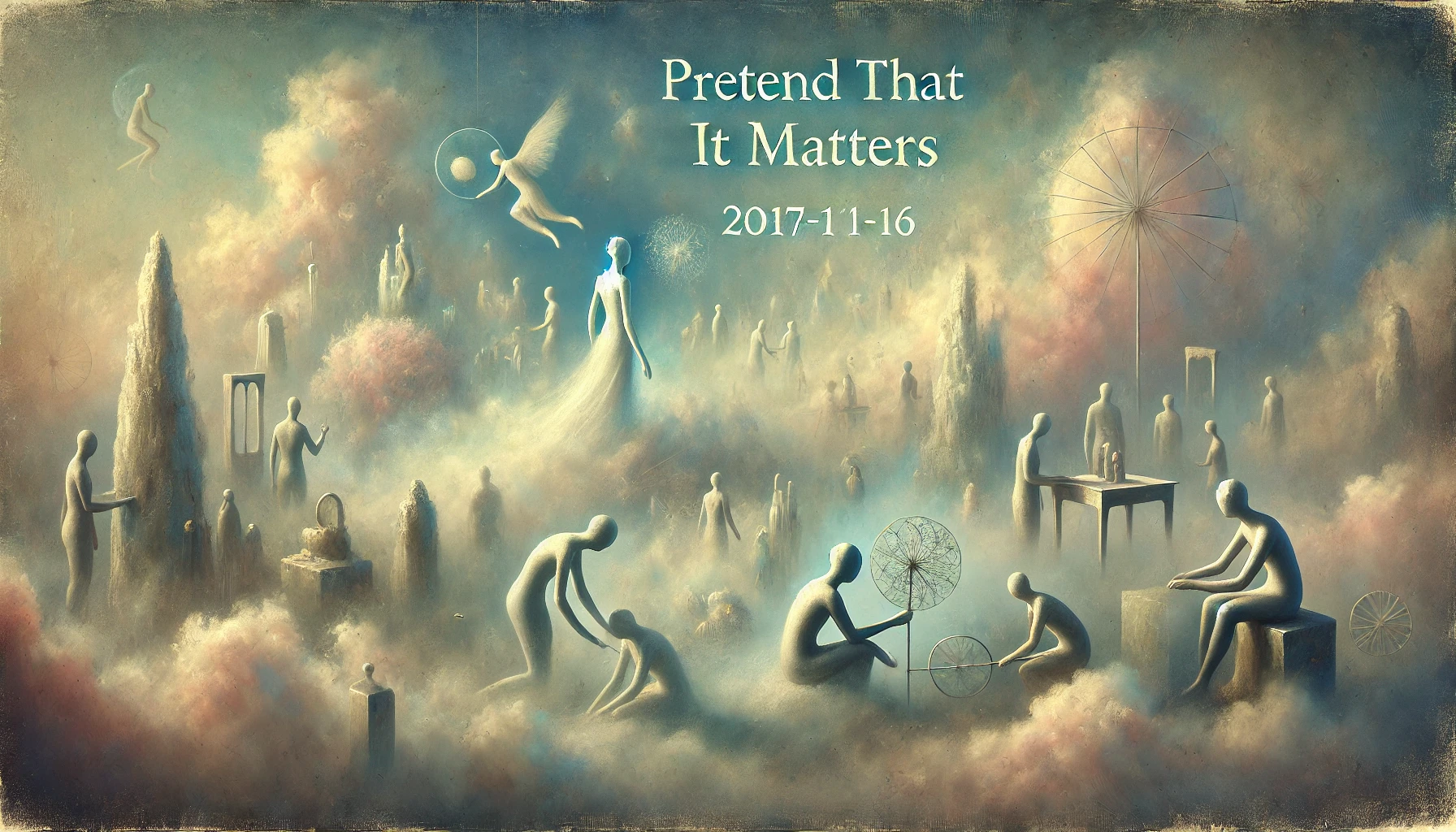

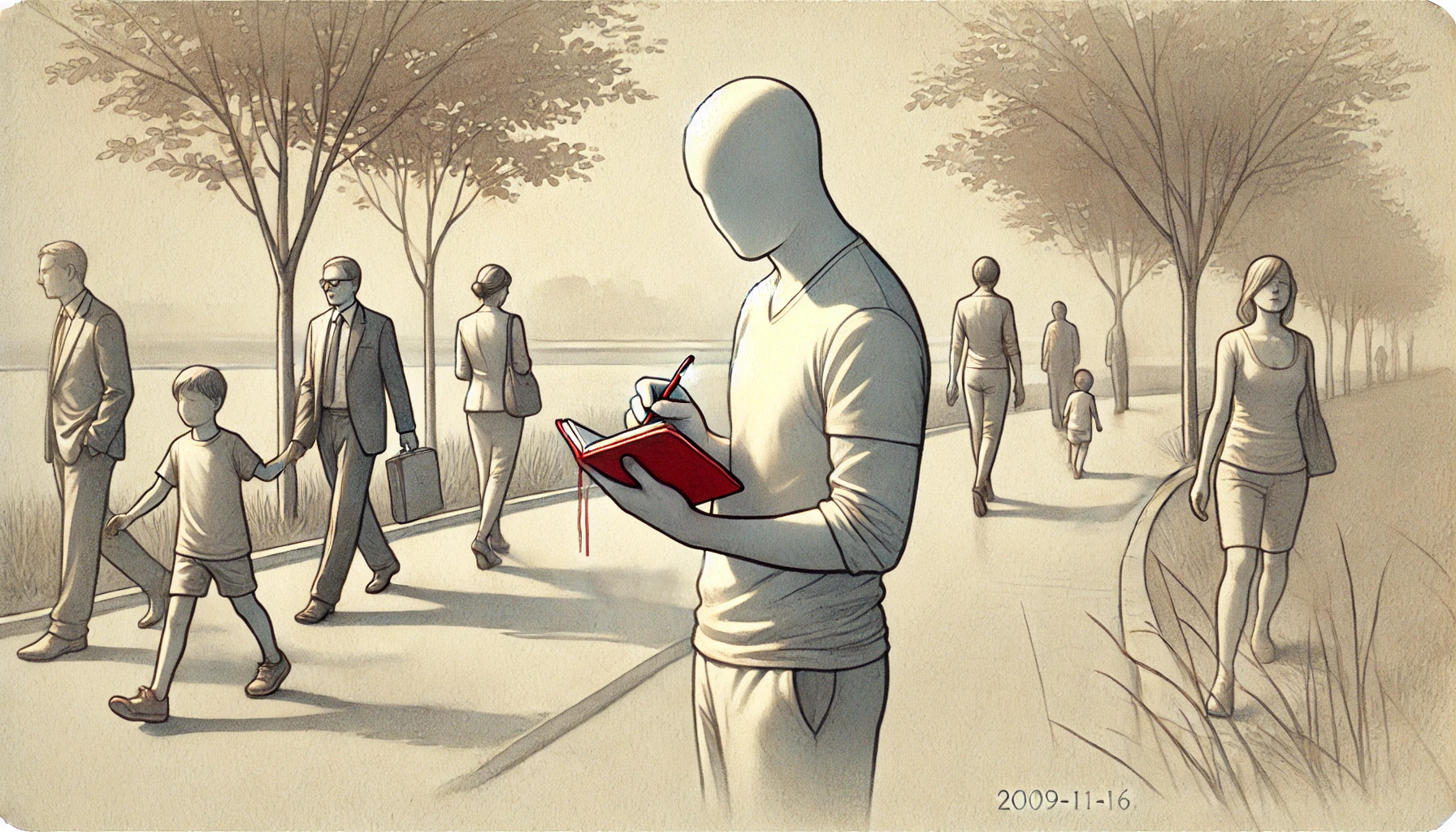
In this short passage, the author reflects on leadership and the importance of providing inspiration to others. They suggest that as a leader, it can be beneficial to say something inspiring to the people they lead. The tone of the passage indicates a touch of sarcasm and a somewhat lighthearted approach to the topic.
The author also mentions finger pointing and sarcasm as other potential elements employed by leaders, implying that these may not be the most effective or desirable approaches. However, they acknowledge that even great leaders may use these methods at times.
The passage concludes with a direct address to someone, indicating that the author is speaking directly to a specific individual, possibly someone in a leadership role.
Overall, the passage highlights the importance of inspiring others as a leader and suggests that while there may be other approaches to leadership, providing inspiration can be a valuable tool. The tone and sarcasm used in the passage add a playful and somewhat critical element to the reflection on leadership.